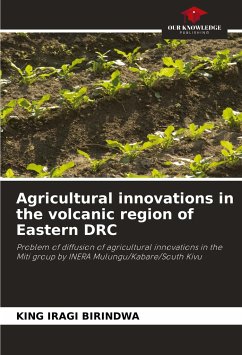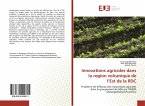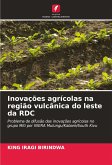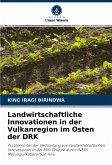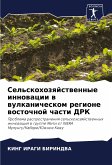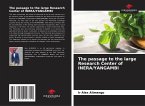Numerous oral and written sources have affirmed that the East of the DR Congo was aligned among the great granaries of the country. These sources evoke the period when milk, meat, cereals and tubers were produced in large quantities. All the time between the 1940s and 1950s, the agricultural reports of the colonial administration were already alluding to the alarming food situation of the population of Eastern Congo, in particular that of the territory of Kabare where kwashiorkor was already rampant. Today, the major agricultural centers are located in the Eastern region and date back to the colonial era, notably: INERA /MULUNGU (National Institute of Study and Agronomic Research based in Mulungu), which aims to improve agricultural activities by introducing scientific innovations maintained by INERA and disseminated within the region to alleviate the agri-food difficulties in the farming community. These are the new selected seeds, methods and cultivation techniques. Our constant is that many of these selected seeds have not yet been adopted for multiple reasons.

